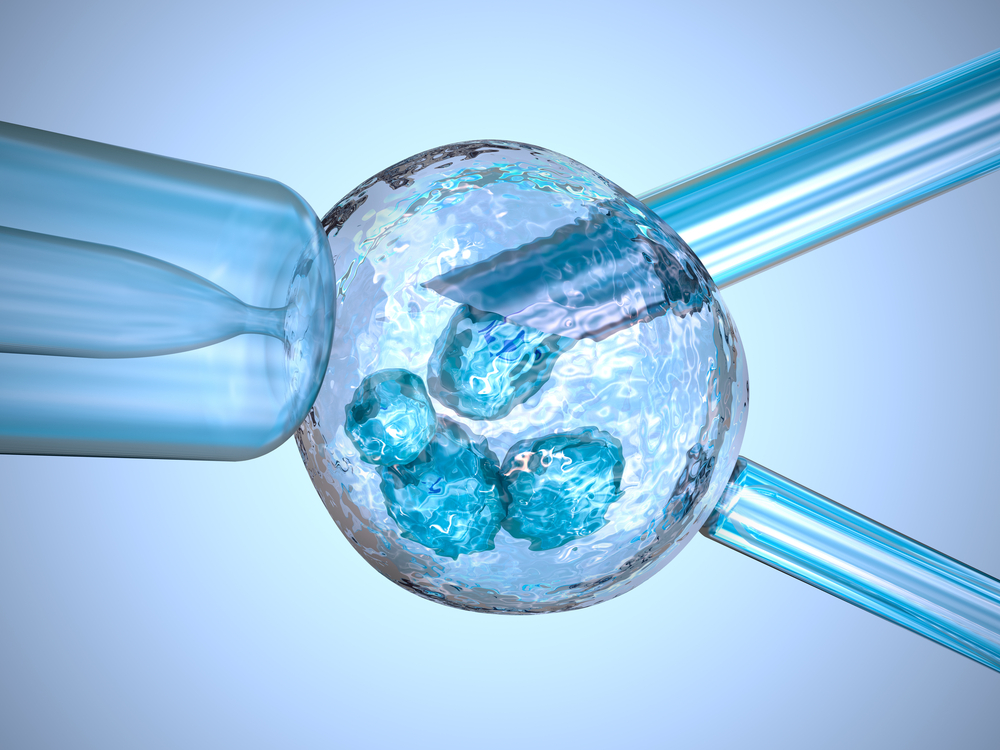
Recurrent Implantation Failure
Truths about Recurrent Implantation Failure
It is the failure to achieve a clinical pregnancy after transfer of at least 4 good quality blastocyst embryos in 3 unsuccessful embryo transfer cycles, be in fresh or frozen cycles in a woman less than 40 years of age.
Book an Appointment with Dr. Arockia for fertility concerns
Implantation:
First of all we need to understand how implantation occurs.
Implantation is the attachment of the embryo to the uterine wall and being absorbed into the wall itself.
This process of absorption takes 7 to 10 days when the hormone called beta human chorionic gonadotropin gets released which can be detected by Bhcg blood test.
This is how pregnancy occurs.
Reasons for failure:
Uterine factors:
- Uterine septum which divides the uterus into two.
- Polyps, fibroids, adhesions due to previous D and C, or tuberculosis.
- Infections like Pelvic Tuberculosis and Pelvic Inflammatory Disease (PID).
- Inflammatory conditions like adenomyosis which is a swollen uterus due to old blood collection in the musculature of the uterus.
- Altered endometrial receptivity
Embryonic Factors:
- Abnormal chromosomes in embryo
- Due to aging oocyte, altered quality of egg due to endometriosis
- Poor sperm quality due to breakage of sperm DNA because of smoking, infections, drugs, varicocele, obesity
- Chromosomal problems in the couple leading to infertility .
Systemic factors in the woman:
- Diabetes
- Hypothyroidism
- Autoimmune diseases like rheumatoid arthritis, SLE and autoimmune thyroiditis.
- Obesity
- Smoking
These factors have to be evaluated to prevent further failures.
Evaluation of Recurrent Implantation failure
Evaluation of uterine cavity by hysteroscopy to rule out uterine septum, endometrial polyps and fibroids.
- Endometrial Receptivity Assay (ERA)- to find out the personalized window of implantation.
- To find out if any clotting problems in the blood
- Preimplantation Genetic Screening (PGS) to be done by biopsying the embryos and by checking if they are normal or not.
- Chromosomal testing of both the partners.
- Rule out diabetes, hypothyroidism, hypertension.
Solution
- Laparoscopic and hysteroscopic correction of uterine problems
- Embryo transfer according to ERA report.
- Low molecular weight heparin after embryo transfer
- Low dose steroids for autoimmune problems.
- Control of diabetes, hypertension, thyroid issues.
- Embryo transfer of normal embryos
- Increase progesterone support after transfer.
- If there are genetic issues, opt for donor oocyte or donor sperm.







